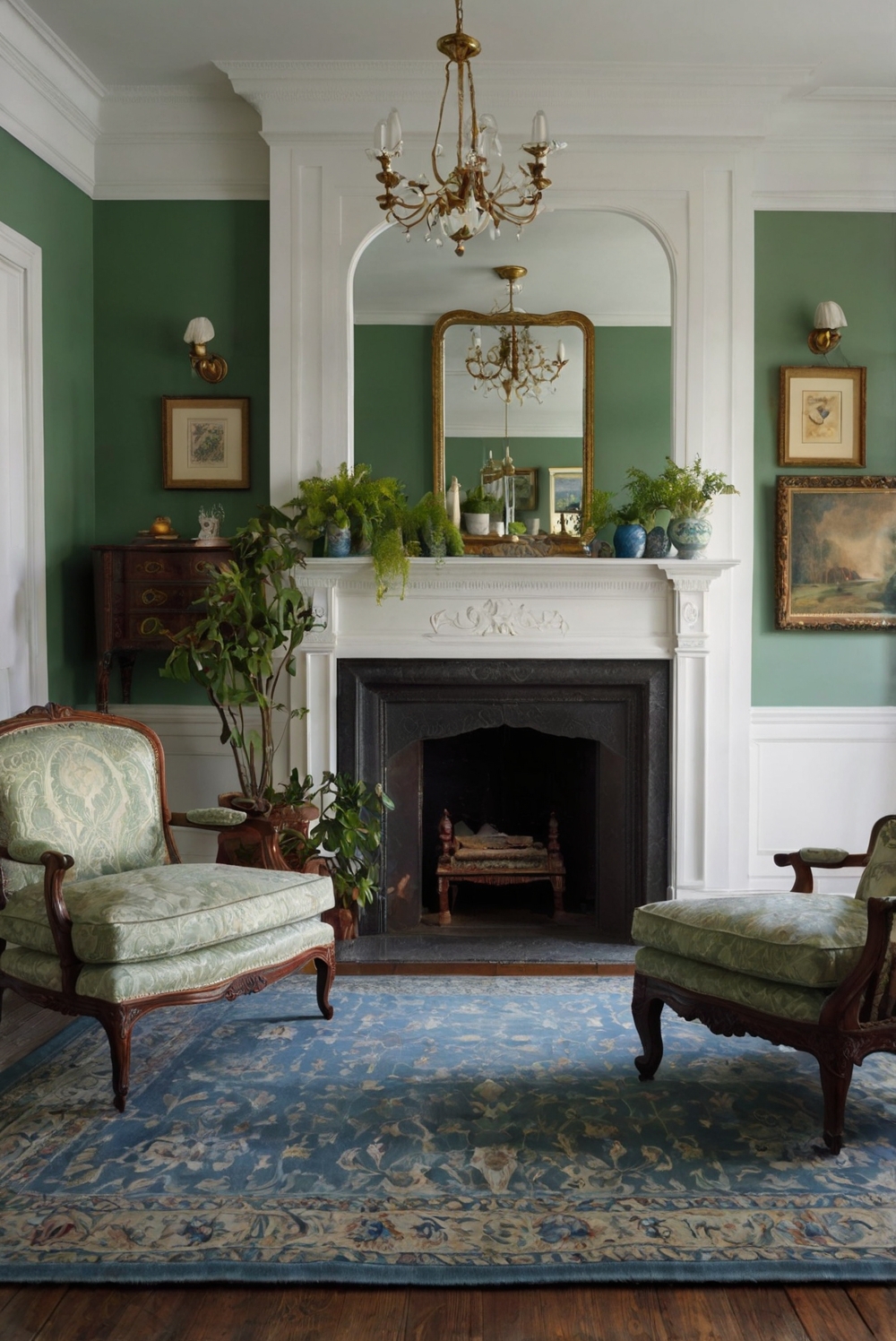Discover the secrets to successful rug placement in your space. From adding warmth to defining areas, learn the essential tricks to enhance your room decor.
When choosing the placement of a rug in a room, consider the following factors:
1. **Size:** Choose a rug that fits the proportions of the room and furniture. A large rug can anchor the furniture in an open space.
2. **Function:** Determine the purpose of the rug – whether it’s for comfort, style, or noise reduction.
3. **Traffic Flow:** Place the rug strategically to guide traffic flow and define different areas within a room.
4. **Color and Pattern:** Coordinate the rug with the existing decor to tie the room together.
5. **Maintenance:** Consider the ease of cleaning and maintenance of the rug material.
These considerations will help you make an informed decision about the placement of a rug in your home interior design.
When choosing the placement of a rug in a room, consider the size of the rug in relation to the room size.
Ensure that the rug fits comfortably under the key furniture pieces in the room.
Make sure to leave a border of floor space around the rug for balance and proportion.
Consider the function of the room when deciding on rug placement.
Take into account the traffic flow in the room to determine the best placement for the rug.
Choosing the placement of a rug in a room is not just about aesthetics; it also plays a crucial role in tying the room together and creating a cohesive look. Here are some key factors to consider when deciding on the placement of a rug in a room:
Size Matters:
The size of the rug in relation to the room size is an essential consideration when choosing its placement. A rug that is too small for the room can make the space feel disjointed, while a rug that is too large can overwhelm the room. Ideally, the rug should be large enough to fit comfortably under the key furniture pieces in the room, such as the sofa and chairs in a living room or the bed in a bedroom.
Fit under Furniture:
To create a cohesive and well-designed look, make sure that the rug fits under the front legs of the key furniture pieces in the room. This helps anchor the furniture and creates a sense of unity in the space. If the rug is too small to fit under all the furniture, at least make sure it extends beyond the furniture to create a defined area within the room.
Leave a Border:
When placing a rug in a room, it’s essential to leave a border of floor space around the rug. This border helps create balance and proportion in the room. Ideally, there should be an equal amount of floor space visible on all sides of the rug to maintain harmony in the space.
Consider the Function:
The function of the room should also influence the placement of the rug. For example, in a dining room, the rug should be large enough to accommodate the dining table and chairs, even when the chairs are pulled out. In a living room, the rug should anchor the seating area and create a cozy gathering space.
Think About Traffic Flow:
When choosing the placement of a rug, consider the traffic flow in the room. Avoid placing the rug in high-traffic areas where it may become a tripping hazard. Instead, position the rug in areas where people are less likely to walk directly on it, such as under a coffee table or in front of a fireplace.
In conclusion, choosing the placement of a rug in a room requires careful consideration of factors such as size, fit under furniture, leaving a border, the function of the room, and traffic flow. By following these guidelines, you can create a cohesive and well-designed space that is both visually appealing and functional. Remember to take the time to measure the room and furniture before selecting a rug to ensure a perfect fit.

